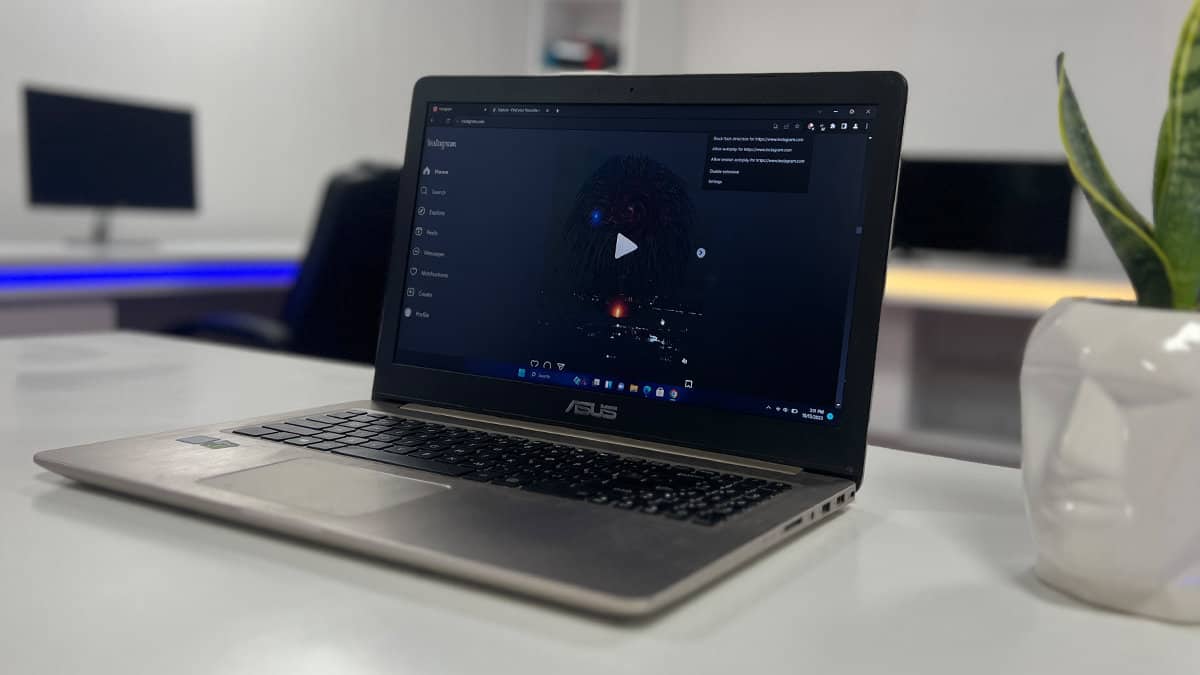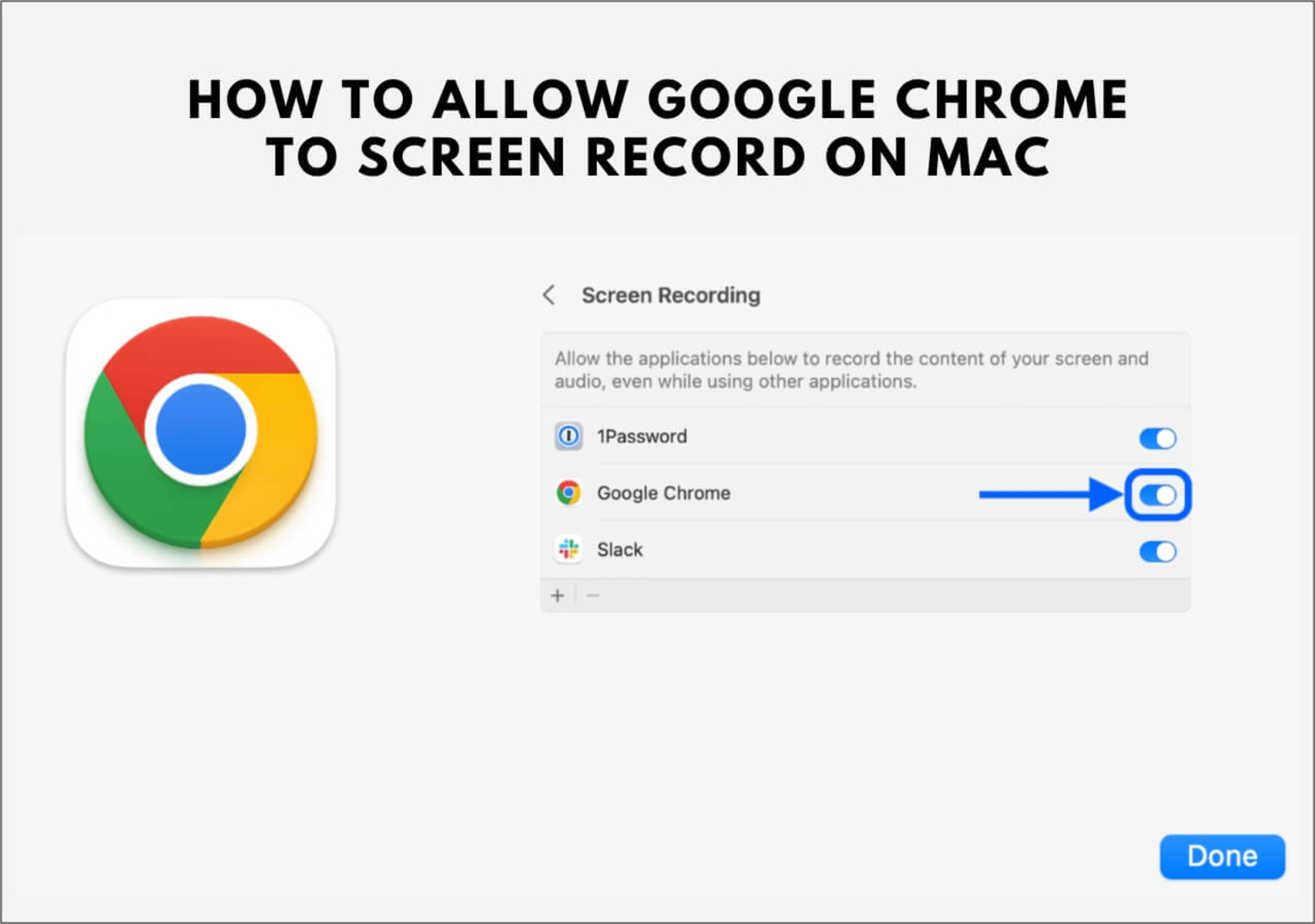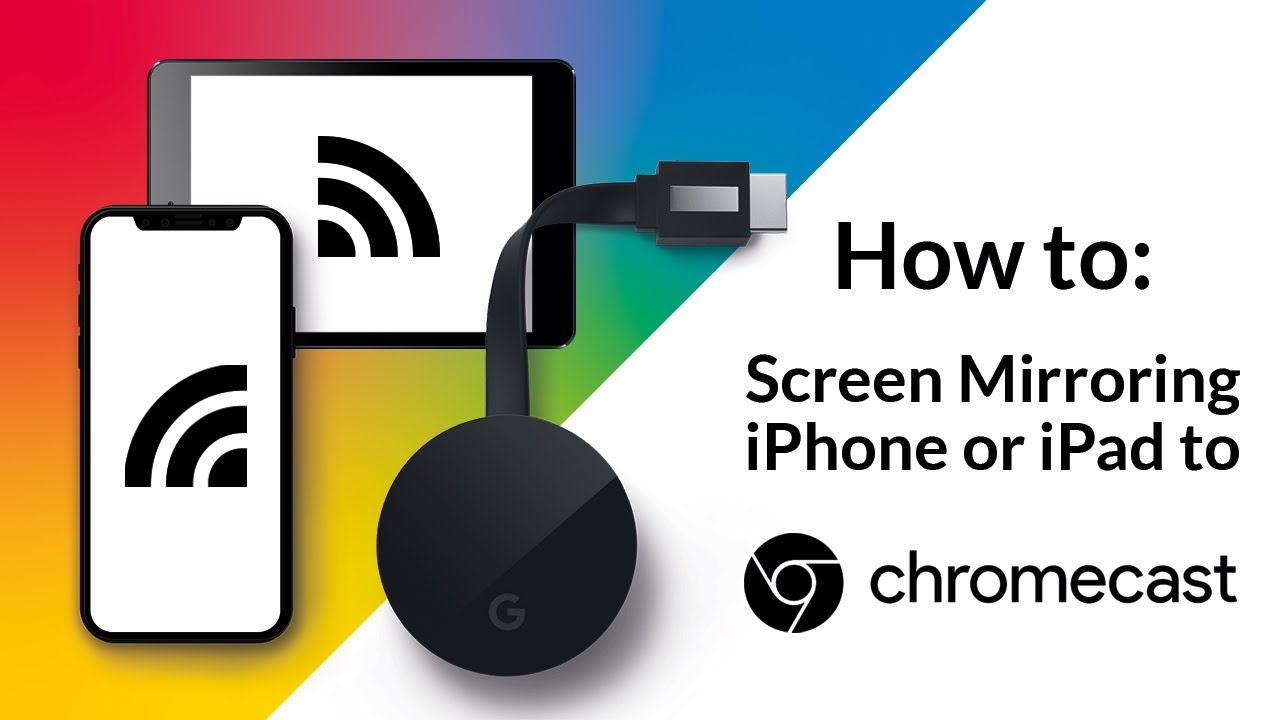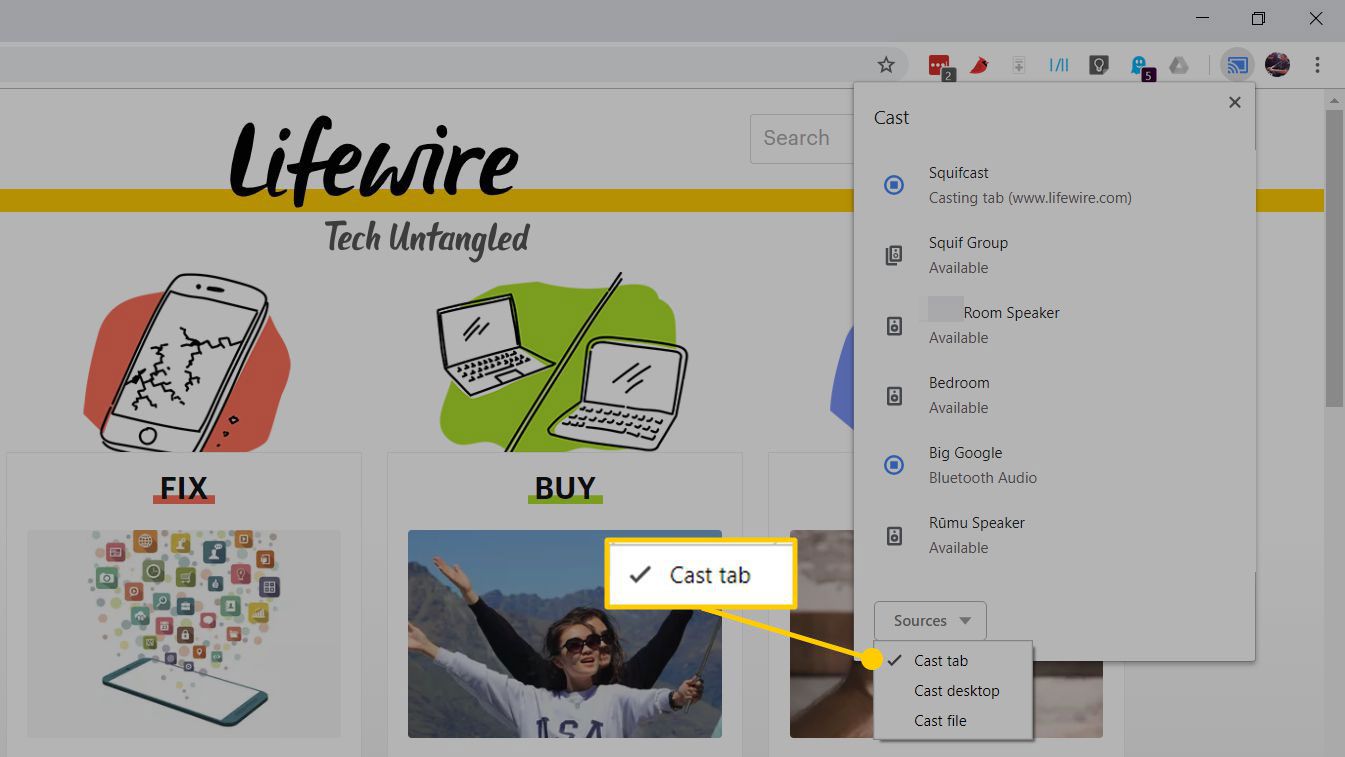Introduction
Have you ever been startled by the sudden blare of a video playing in your web browser without your consent? The autoplay feature, while convenient in some instances, can be a nuisance when it comes to unexpected and intrusive video playback. Fortunately, there are ways to regain control over your browsing experience, particularly in Google Chrome, one of the most popular web browsers.
In this article, we will explore various methods to prevent videos from automatically playing in Chrome. Whether you're tired of jarring interruptions while browsing news websites, annoyed by autoplaying ads, or simply prefer to choose when to engage with video content, these solutions will empower you to customize your browsing environment to suit your preferences.
By understanding how to disable autoplay in Chrome, you can enjoy a more peaceful and focused online experience. From adjusting browser settings to utilizing specialized extensions, we will guide you through the process of taking charge of autoplay behavior in Chrome. Additionally, we'll delve into the option of selectively disabling autoplay on specific websites, providing you with a comprehensive toolkit to tailor your browsing experience to your liking.
So, if you're ready to bid farewell to the era of unwelcome autoplay videos and take control of your online environment, let's embark on this journey to reclaim your browsing autonomy in Google Chrome.
Disabling Autoplay in Chrome Settings
Google Chrome offers built-in features that allow users to customize their browsing experience, including the ability to disable autoplay for videos. By accessing the browser's settings, you can take proactive steps to prevent videos from playing automatically, providing a more controlled and peaceful online environment.
To begin, open Google Chrome and navigate to the three-dot menu icon located in the top-right corner of the browser window. Click on this icon to reveal a dropdown menu, then select "Settings" from the list of options. Alternatively, you can type "chrome://settings/" in the address bar and press Enter to directly access the settings page.
Once in the Settings menu, scroll down and click on "Advanced" to reveal additional options. Within the expanded settings, locate and click on "Site Settings" under the "Privacy and security" section. This will lead you to a range of site-specific controls, including autoplay settings.
Under the "Site Settings" menu, find and click on "Additional content settings," followed by "Autoplay." Here, you will see the option to toggle the autoplay policy for websites. By default, Chrome allows autoplay for videos, but you can change this setting to suit your preferences.
To disable autoplay for all websites, simply toggle the switch to the "Blocked" position. This action will prevent videos from playing automatically when you visit different websites, offering you greater control over your browsing experience. Alternatively, you can choose to customize autoplay settings on a site-by-site basis by clicking on the "Add" button next to the "Block" option and entering the website's URL.
By adjusting autoplay settings within Chrome's configuration, you can effectively curb the intrusive nature of autoplay videos, allowing for a more serene and tailored browsing experience. This method empowers you to proactively manage autoplay behavior, aligning your browsing environment with your preferences and minimizing unexpected disruptions.
In the next sections, we will explore additional strategies, including the use of extensions, to further enhance your control over autoplay behavior in Google Chrome. With these tools at your disposal, you can navigate the online landscape with confidence, knowing that your browsing experience is tailored to your liking.
Using Extensions to Stop Autoplay
In addition to the built-in features of Google Chrome, the browser's extensive library of extensions offers a wealth of options to further customize your browsing experience. When it comes to preventing videos from autoplaying, various extensions provide specialized tools to effectively halt automatic video playback across different websites.
One popular extension for controlling autoplay behavior is "Disable HTML5 Autoplay." This extension empowers users to take charge of video autoplay settings, allowing for a more seamless and uninterrupted browsing experience. By installing this extension from the Chrome Web Store, users gain the ability to selectively block autoplay for videos, ensuring that they only play when explicitly chosen by the user.
Another notable extension, "AutoplayStopper," offers a comprehensive solution to combat autoplay videos. This extension intelligently detects and halts autoplaying videos, providing users with a tranquil browsing environment free from unexpected video interruptions. With its intuitive interface and customizable settings, AutoplayStopper puts the power to control autoplay behavior directly in the hands of the user.
For those seeking a more versatile approach to managing autoplay settings, the "Video Autoplay Blocker" extension offers a robust solution. This extension not only prevents videos from autoplaying but also provides granular control over individual websites, allowing users to tailor their autoplay preferences on a site-by-site basis. By leveraging the capabilities of Video Autoplay Blocker, users can enjoy a tailored browsing experience that aligns with their preferences.
Additionally, the "uBlock Origin" extension, known for its ad-blocking capabilities, can be utilized to effectively stop autoplay videos. By leveraging its advanced filtering options, users can create custom rules to prevent videos from autoplaying, further enhancing their control over the browsing environment.
These extensions exemplify the diverse range of tools available to users seeking to stop videos from automatically playing in Chrome. By harnessing the capabilities of these extensions, users can curate a browsing experience that prioritizes user control and minimizes unexpected disruptions, ultimately fostering a more serene and personalized online environment.
In the quest to reclaim autonomy over autoplay behavior, these extensions serve as invaluable allies, empowering users to navigate the digital landscape with confidence and tranquility. With the right extension at your disposal, you can effectively put an end to the era of unwelcome autoplay videos, ensuring that your browsing experience is tailored to your preferences.
Disabling Autoplay on Specific Websites
While the global autoplay settings in Google Chrome provide a broad approach to controlling video playback, there are instances where you may want to customize autoplay behavior on specific websites. Whether you frequent a news website that consistently autoplays videos or encounter a particular site with intrusive autoplaying content, having the ability to selectively disable autoplay on specific websites can significantly enhance your browsing experience.
To achieve this level of granular control, Google Chrome offers a feature that allows users to manage autoplay settings on a site-by-site basis. This capability empowers you to tailor your browsing environment to suit your preferences, ensuring that certain websites adhere to your desired autoplay behavior.
To begin customizing autoplay settings for specific websites, navigate to the website for which you wish to modify autoplay behavior. Once on the site, click on the padlock icon located to the left of the website's address in the address bar. This will open a dropdown menu containing various site permissions and settings.
Within the site permissions menu, locate the "Sound" option, which represents the autoplay settings for the specific website. Click on the dropdown menu next to "Sound" to reveal the available autoplay options. Here, you can choose to allow or block autoplay for the particular website, providing you with the flexibility to align autoplay behavior with your preferences.
By selecting the "Block" option, you effectively disable autoplay for videos on the specific website, ensuring that videos will not play automatically when you visit that site. This level of control allows you to curate your browsing experience, mitigating unexpected video interruptions and fostering a more tailored and serene online environment.
Furthermore, Chrome provides the option to manage autoplay settings for specific websites directly within the browser settings. By accessing the "Site Settings" menu, as outlined in the previous section, you can add specific websites to the list of sites with customized autoplay settings. This approach enables you to maintain a comprehensive overview of your autoplay preferences for different websites, offering a centralized platform for managing site-specific autoplay behavior.
With the ability to disable autoplay on specific websites, you can navigate the online landscape with greater confidence and control. This level of customization empowers you to curate a browsing experience that aligns with your preferences, ensuring that autoplay behavior is tailored to suit your individual needs and preferences.
In the pursuit of a more tranquil and personalized browsing experience, the capability to disable autoplay on specific websites serves as a valuable tool, allowing you to reclaim autonomy over your online environment and minimize unexpected disruptions.

























